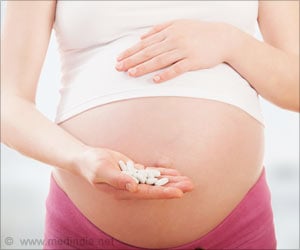With the aim of balancing the risks of addiction to opioid with the needs of patients to treat pain, a new set of guidelines have been issued.

‘The Center for Disease control has released recommendation for the prescription of opioids in order to reduce the abuse of drugs that cause powerful addictions.’





Overdose deaths soared to 26,647 in 2014, a 14 percent increase from the year before. They represented 61 percent of all drug overdose deaths. The Centers for Disease Control and Prevention (CDC), which published the guidelines in the Journal of the American Medical Association, has been under pressure to set national standards after a number of medical organizations and some states established their own restrictions.
Officials say the new guidelines' nationwide scope will encourage doctors to exercise more restraint in prescribing the powerful painkillers.
"It's become increasingly clear that opioids carry substantial risk but only uncertain benefits -- especially compared with other treatments for chronic pain," CDC Director Tom Frieden told reporters.
The guidelines, endorsed by many addiction experts, encourage physicians to first recommend non-opioid anti-inflammatory drugs such as ibuprofen and aspirin for chronic pain -- described as lasting longer than three months.
Advertisement
- Urine tests to curb abuse -
Advertisement
The CDC recommends patients take urine tests before receiving prescriptions and doctors to check prescription drug monitoring program data in order to ensure patients are not already receiving prescriptions from other doctors.
The CDC guidelines do not apply to patients suffering from serious or terminal illnesses such as cancer.
The recommendations are meant as "a tool for doctors and for patients to chart a safer course," Frieden said, with the aim of balancing "the risks of addiction with the needs of patients to treat pain."
Doctors began generously prescribing opiate painkillers in the 1990s after pharmaceutical companies and medical experts deemed they could be used for back pain, arthritis and other conditions without fear of creating addictions.
Health care providers wrote 249 million prescriptions for opioid pain relievers in 2013, the CDC said.
The new guidelines come as lawmakers have been hammering out legislation aimed at helping combat a crisis of addiction to heroin as well as painkillers opiates, which are related.
The US Senate overwhelmingly passed a bill last week that would provide financial assistance to states and local authorities fighting the overdose epidemic.
Source-AFP













